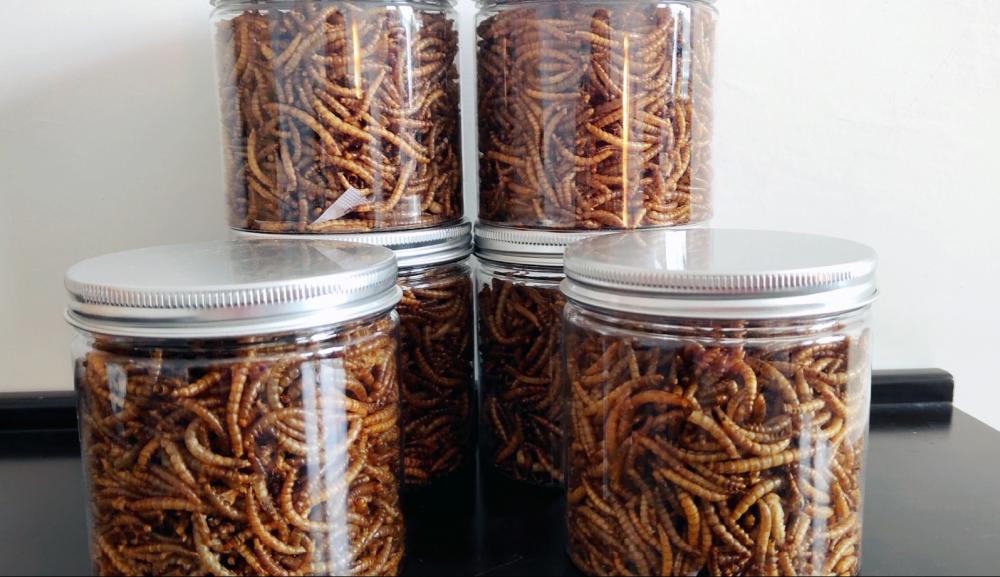Urea is an amide nitrogen fertilizer with 44-46% nitrogen. It is both a chemical neutral fertilizer and a physical neutral fertilizer. It is the most commonly used high-quality nitrogen fertilizer in production. The following issues should be noted when applying:
First, apply early.
Because urea is in the soil, only a small amount can be directly absorbed by the crop roots, most of which need to be converted into ammonium nitrogen through the action of urease before they can be absorbed by crops, so the fertilizer effect is slow and long, and the use time is too late to be beneficial to the fertilizer effect and may be Causes crops to be late for lust, generally should be applied 3-5 days in advance.
Second, deep.
Since urea is converted to ammonium nitrogen, it easily decomposes and releases ammonia, causing loss of nitrogen.
Third, do not apply fertilizer.
Because urea has high nitrogen content, it often contains biuret. Biuret content of more than 2% will have a toxic effect on seeds and seedlings.
Fourth, do not apply alone.
Urea is applied in combination with organic fertilizer, phosphorus, potash fertilizer and trace element fertilizers to maintain the balance of soil nutrients and maximize the production of fertilizers.
Fifth, not in the cold season.
Because the conversion rate of urea in the soil is mainly dependent on the soil temperature, under normal circumstances, all the urea applied to the soil is converted to ammonium nitrogen, which takes 7-10 days at a soil temperature of 10°C and requires 4-5 at 20°C. It takes only 2-3 days at 30°C. Therefore, urea should not be applied during the cold winter and spring seasons.
Six, do not spray at high concentrations. Urea molecules are small and easy to be absorbed by the leaves. They are the most suitable chemical fertilizers for foliar sprays. However, the spraying concentration should not be too high, otherwise it is easy to burn seedlings. The appropriate concentration of urea sprayed by various crops is shown in the following table:
Crop species spray concentration (%)
Wheat, corn, rice, millet, cotton 1-2
Vegetables, Soybeans 1
Watermelon, potato, sweet potato, peanut 0.4-0.8
Apple, pear, grape 0.5
Flower, tomato, greenhouse cucumber, persimmon 0.2-0.3
Seedling nursery seedling 0.1-0.3
The yellow mealworm is not only rich in protein, fat, polysaccharid and other organic macromolecular nutrients, but also rich in phosphorus, potassium, iron, sodium, aluminum and other trace elements. For every 100g of the yellow mealworm larvae, the protein content of dry powder is between 48% and 54%, the fat content is between 28% and 41%, and the contents of vitamin E, B1 and B2 are also high. Therefore, the yellow mealworm can provide high quality protein for the earthworm.

Earthworm Feed,5Kg Earthworm Feed,10Kg Earthworm Feed,15Kg Earthworm Feed
Fenxi Kangruilai Biotechnology Co., Ltd. , https://www.kangruilai-petfeed.com